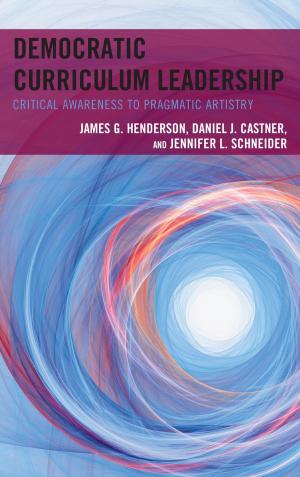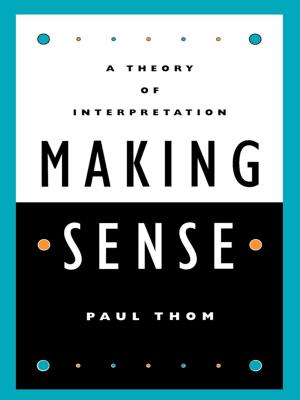Civility, Compassion, and Courage in Schools Today
Strategies for Implementing in K-12 Classrooms
Nonfiction, Reference & Language, Education & Teaching, Student & Student Life, Educational Theory, Leadership| Author: | Patricia Kohler-Evans, Candice Dowd Barnes | ISBN: | 9781475809770 |
| Publisher: | Rowman & Littlefield Publishers | Publication: | February 13, 2015 |
| Imprint: | Rowman & Littlefield Publishers | Language: | English |
| Author: | Patricia Kohler-Evans, Candice Dowd Barnes |
| ISBN: | 9781475809770 |
| Publisher: | Rowman & Littlefield Publishers |
| Publication: | February 13, 2015 |
| Imprint: | Rowman & Littlefield Publishers |
| Language: | English |
Over the past two decades, and perhaps even before the “No Child Left Behind Act,” policy makers and others have managed to drain civility, compassion, and courage from everyday classroom instruction. We have grown to become an educational system that is almost solely focused on academics at the expense of teaching to the whole child. Civility, Compassion, and Courage in Schools Today argues that civility, compassion and courage are absolutely essential to foster good citizenship—to encourage and motivate students to action—to take on the perspectives of others, and to see how they can become productive members in an ever changing global community. Using the authors’ “Model of Influence,” a four level hierarchy, they suggest that students can be taught to be more civil, compassionate, and courageous, even when facing adversity, and can move from developing a consciousness about these attributes into embracing influence and taking bold action. This book provides numerous examples as well as lesson plans designed to assist all educators to infuse their instruction with these critical attributes.
Over the past two decades, and perhaps even before the “No Child Left Behind Act,” policy makers and others have managed to drain civility, compassion, and courage from everyday classroom instruction. We have grown to become an educational system that is almost solely focused on academics at the expense of teaching to the whole child. Civility, Compassion, and Courage in Schools Today argues that civility, compassion and courage are absolutely essential to foster good citizenship—to encourage and motivate students to action—to take on the perspectives of others, and to see how they can become productive members in an ever changing global community. Using the authors’ “Model of Influence,” a four level hierarchy, they suggest that students can be taught to be more civil, compassionate, and courageous, even when facing adversity, and can move from developing a consciousness about these attributes into embracing influence and taking bold action. This book provides numerous examples as well as lesson plans designed to assist all educators to infuse their instruction with these critical attributes.















